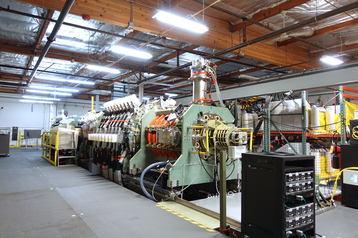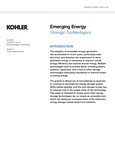OpenAI is reportedly looking to buy nuclear fusion energy from Helion to power its data centers.
According to a report in the Wall Street Journal, the ChatGPT maker is in talks to buy “vast quantities” of energy from the startup, which is chaired by OpenAI CEO Sam Altman.
Altman has invested $375 million in Helion, alongside other big names from the world of tech.
Fusion energy offers a potentially limitless source of clean power by mimicking the process that occurs in stars. However, the technology yet to materialize despite billions being spent on research.
Helion claims it will have a nuclear fusion powerplant online by 2028. It plans to use Helium 3, a rare type of the gas used in quantum computing, to fuel its reaction, marking it out as different from other companies developing processes based on hydrogen isotope tritium.
It is developing a 40-foot plasma accelerator that heats fuel to 100 million degrees celsius (180 million degrees fahrenheit). It heats deuterium and helium-3 into a plasma and then uses pulsed magnetic fields to compress the plasma until fusion happens.
But it has yet to develop a process that enables it to capture more power than it puts in.
This did not stop Microsoft signing a power purchase agreement with Helion last year, the first of its kind relating to nuclear fusion. Under the deal, Helion will supply Microsoft with up to 50MW of clean power.
Microsoft is also an investor in OpenAI, and the two companies are reportedly working together to develop a 5GW AI data center known as Stargate. This would cost up to $100 billion and come online in 2028, the same year as Helion plans to open its power plant.
Altman has previously said new energy technologies such as nuclear fusion will be required to power AI infrastructure needed for advanced systems.
Speaking at the World Economic Forum in Davos, Altman said: “There’s no way to get there without a breakthrough,” and added: “We need fusion or we need like radically cheaper solar plus storage or something at massive scale.”







